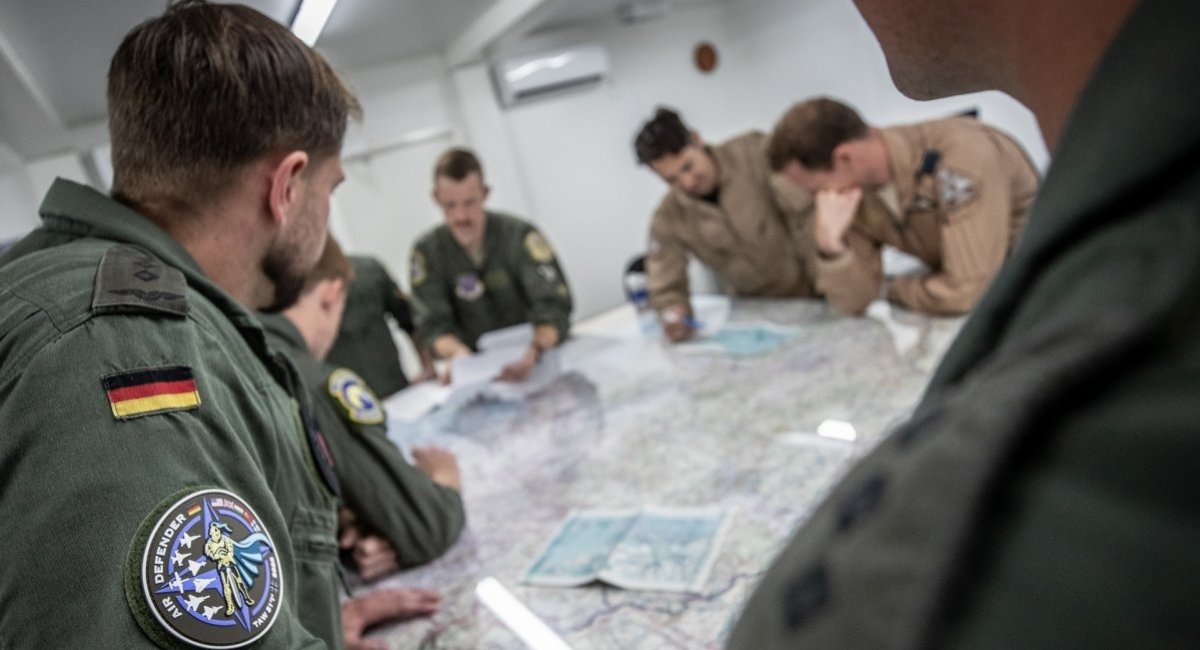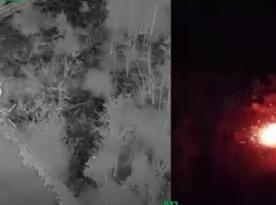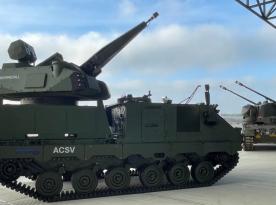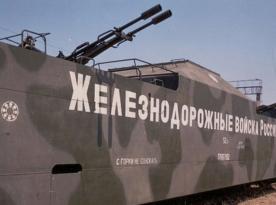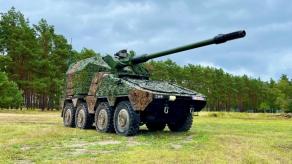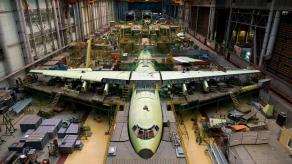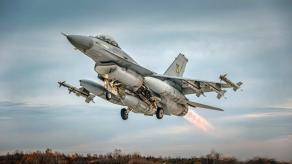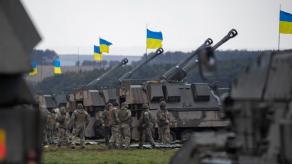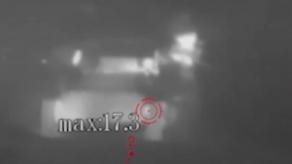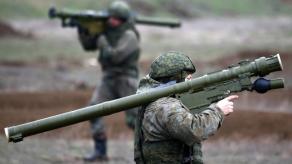The German Council on Foreign Relations (DGAP), an independent think tank on foreign policy, has published a very detailed study on the security situation prevailing in the next 10 years if the war in Ukraine ends with russia coming out of it undefeated.
The key premise of this analysis is a situation where active military operations in Ukraine have stopped yet the russian federation doesn't undergo a transformation of some sort. The experts don't dive into what specifically may lead to this scenario, yet the implication is that Ukraine either loses or stays in a state of permanent, "frozen" war. What happens next is a sprint race deciding who manages to restore its military potential first.
Read more: Why Ukraine Did Not Finalize the Agreement for 100 PzH 2000 Howitzers: Three Potential Reasons
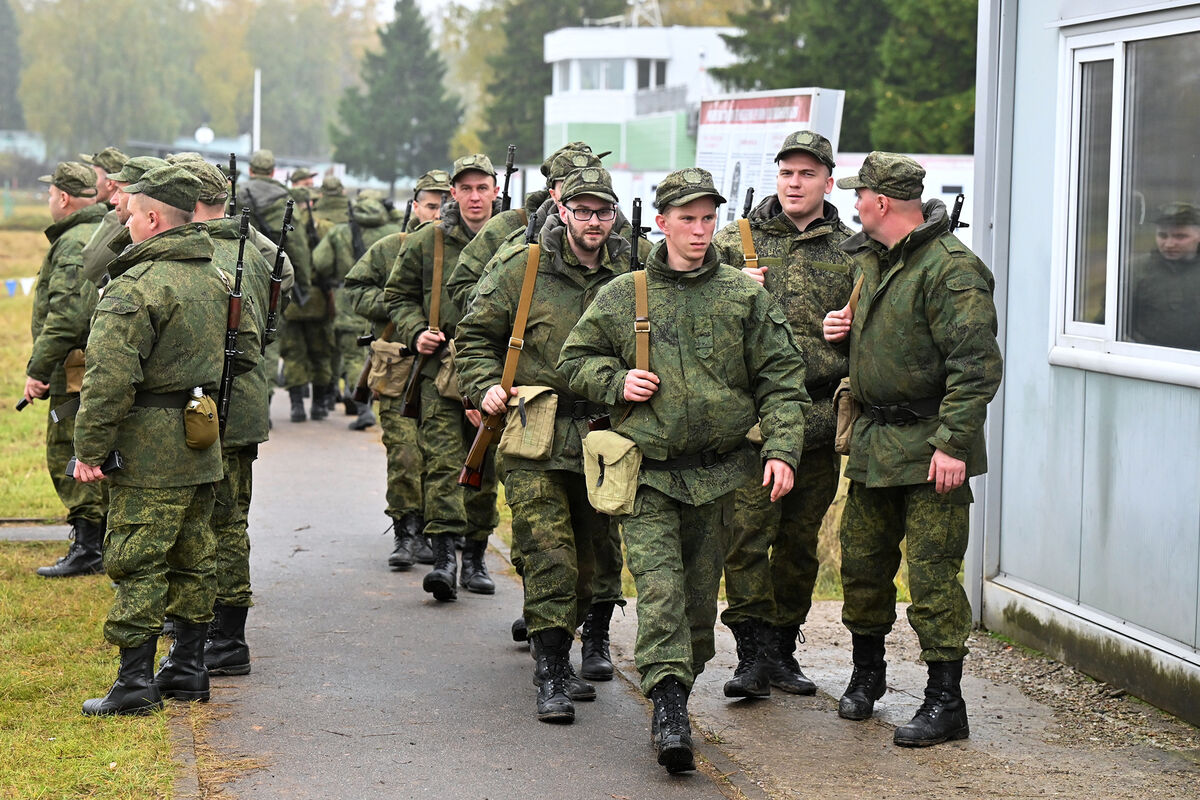
Defense Express advises to read the full study by Dr. Christian Mölling and Torben Schütz; here we only provide the main points.
The first thing to note, from our perspective, is that Europe is finally starting to realize that the Kremlin and the russian federation as a whole are completely insensitive to casualties and losses. Especially since most of the casualties are in the Ground Forces. Despite almost 320,000 russian troops killed in action as of today, the aggressor is still capable of gathering up to 280,000 new recruits a year. That makes 1.7 million in six years, or 2.8 million trained personnel in 10 years, a significant portion of them having real combat experience.
The time frames of 6 and 10 years are not random: this is the countdown to the new war, this time against NATO, estimated by DGAP:
"The clock will start ticking as soon as intense fighting in Ukraine comes to a halt. Then Russia can redirect its current production toward the reconstitution of the armed forces," the analysts stress.
There is no doubt the war will spark again considering russian interest in Baltic states and Poland as former parts of the Soviet Union and its sphere of influence.
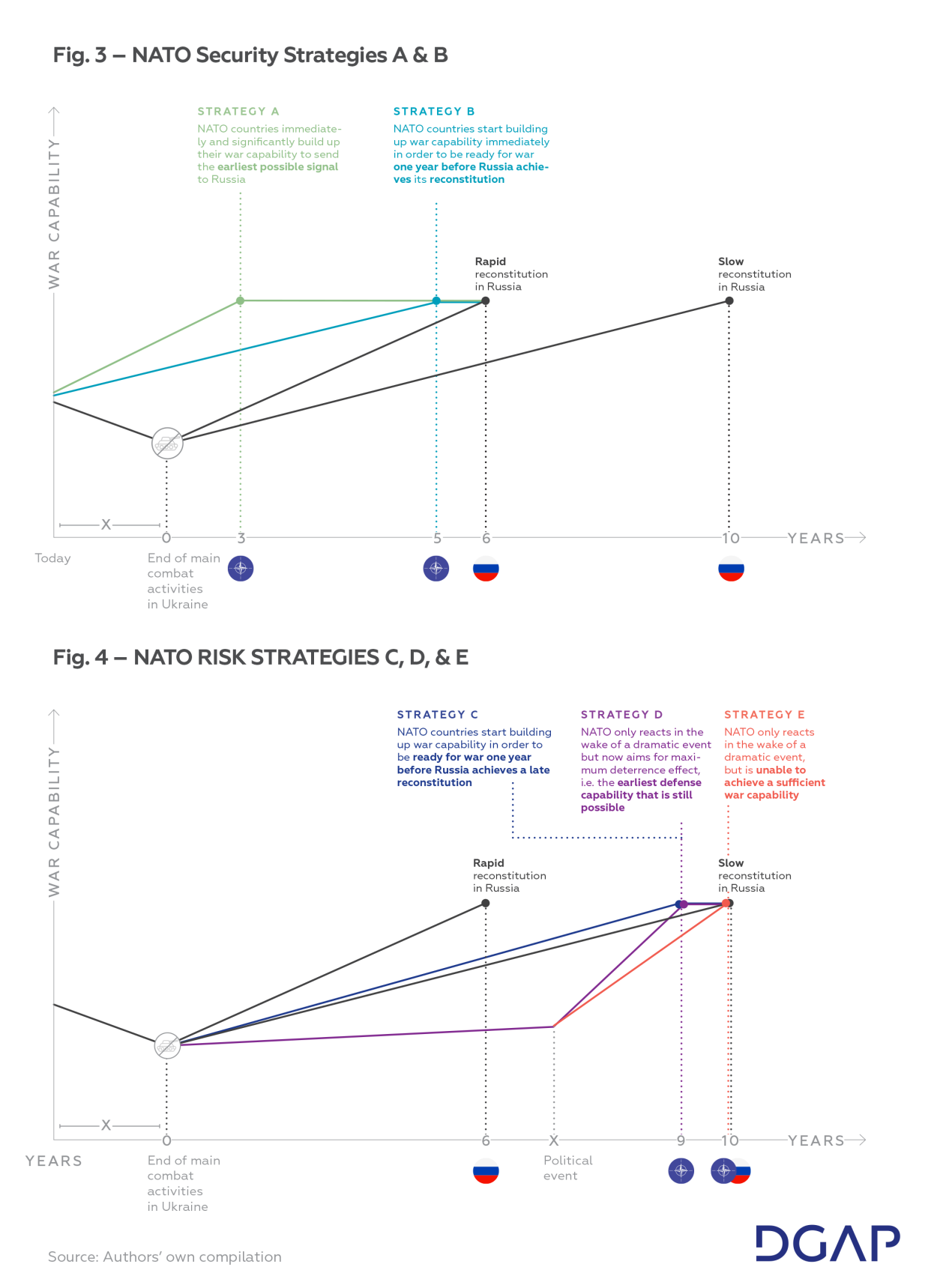
The russian war machine won't have much problem with upkeeping a military force of 280 mln soldiers: the economy is already being reformatted to suit wartime needs, and schemes of sanction regime circumvention are established, moreover, low quality of equipment is overwritten with quantity. All of that would not be possible without the tight grip of the political regime and society content with losses of any scale.
On the other side, Germany (on the part of Defense Express, we should add that the entire European part of NATO as well) must deliver a "quantum leap," the researchers note.
This means an integrated, truly extraordinary effort in defense, social, economic, and industrial pursuits, with a focus on expanding production capacity. The study advocates for a return to conscription or a "mandatory internship" for those aged 18 to 65 in defense-related fields.
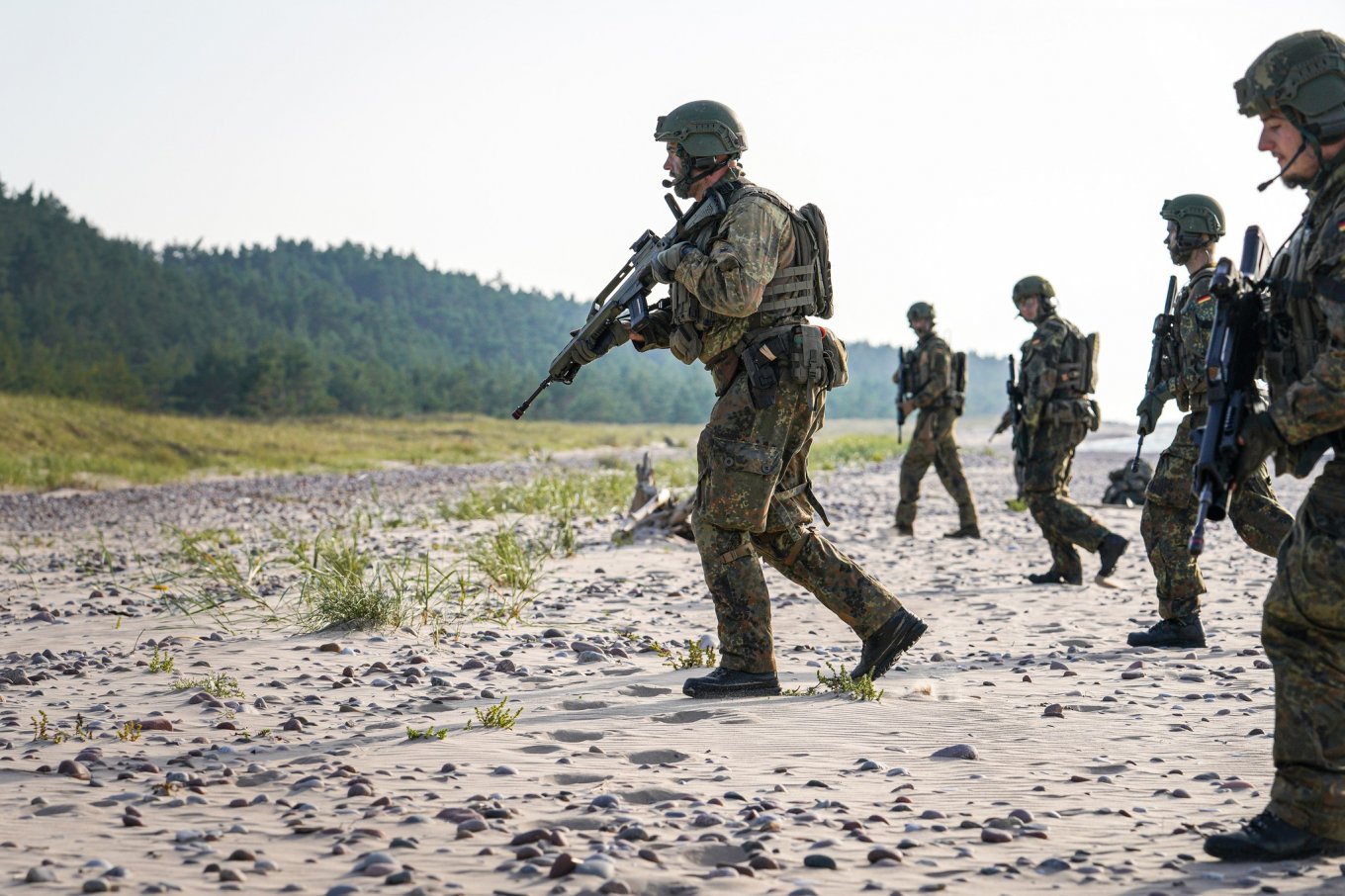
Urging a departure from lengthy projects, the experts recommend reliance on proven systems, emphasizing quantity over quality.
In particular, they mention the MGCS main battle tank system and the FCAS air combat system — risky and ambitious projects that have already been delayed and only can enter production in 12 to 15 years into the future in the most optimistic perspective.
The key advice are: new strategy prioritizing reinforcing immediate operational readiness; fewer rules and more investments in defense; expansion of production with a focus on quantity; expanding the army and security segment in general.

Current NATO plans go no further than creating a 300,000-strong high-alert group, and detailed instructions on the responsibilities of each Alliance member in the region. Those are the results of summits in Madrid and Vilnius in 2022 and 2023, respectively.
Even those plans face challenges in the face of reality shaped by Bundeswehr's poor achievements in the implementation of the 2016 program. Germany's army was expected to create and equip three divisions but no significant progress was seen over the past seven years.
The study suggests several ways to keep up with russia in this race and most importantly, buy time. One of them is supporting Ukraine so it can deplete russian military potential while NATO is reformatting its defense, although with a note that "NATO must strike a balance between supporting Ukraine and reinforcing its own combat capability."
Second option is to integrate Ukraine into the European defense, which is especially promising given that Ukrainian forces already largely use Western arms and the country is practically part of the system. On a separate note, the experts note its geostrategic importance in the case of a major armed conflict with russia.
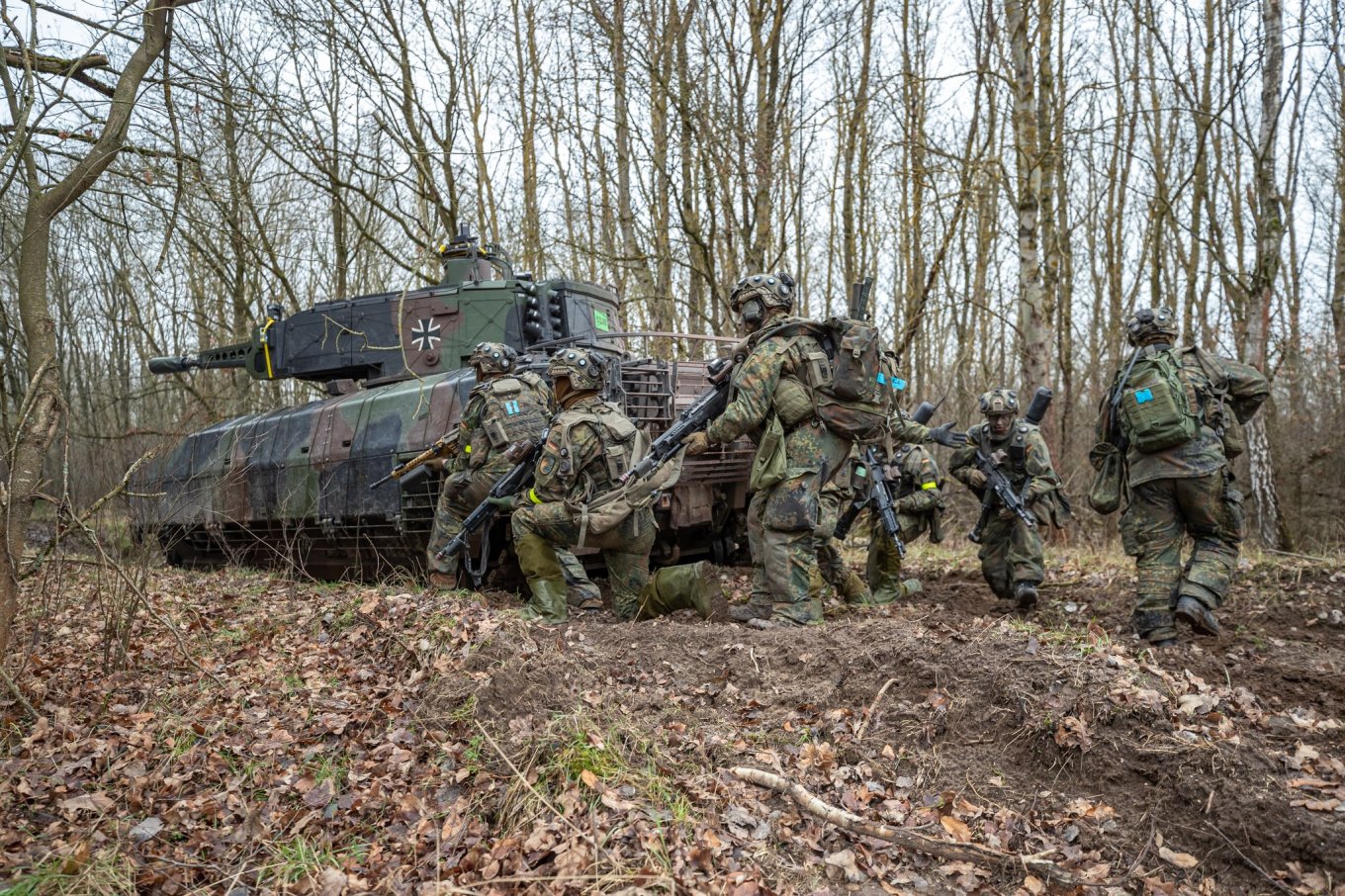
Apart from that, it is advised to achieve a balanced EU–US relationship and implement a comprehensive ban on a broad variety of goods that find their way to russia so that the sanctions will hinder its military production.
That was it for breaking down the point of view of the German foreign policy specialists. In a follow-up article coming out soon, Defense Express will outline the strategic flaw overlooked by DGAP.
Read more: Another 9,000 Armored Vehicles Could be Resting in russian Storage, Analysts Assume




